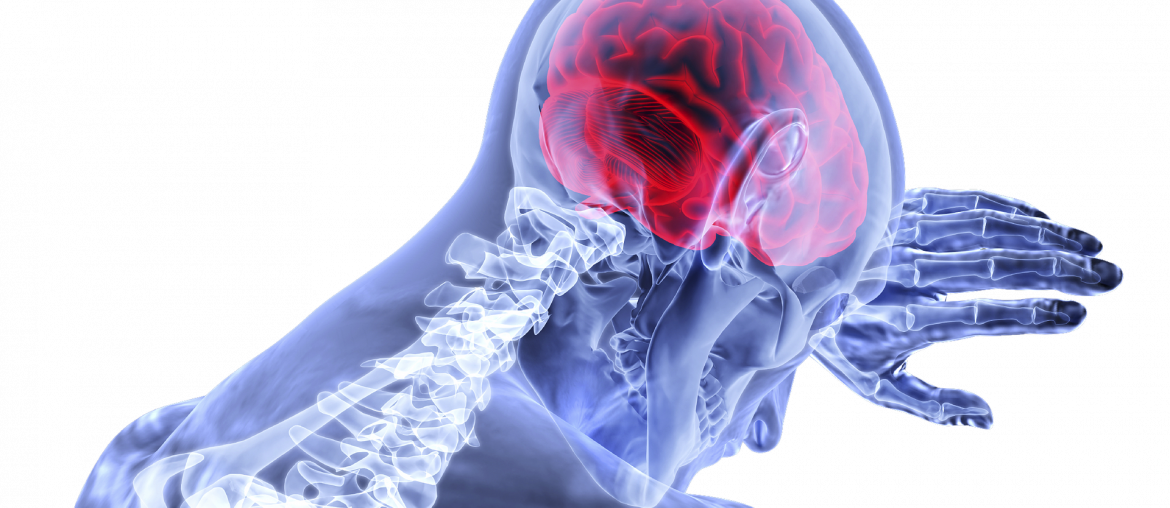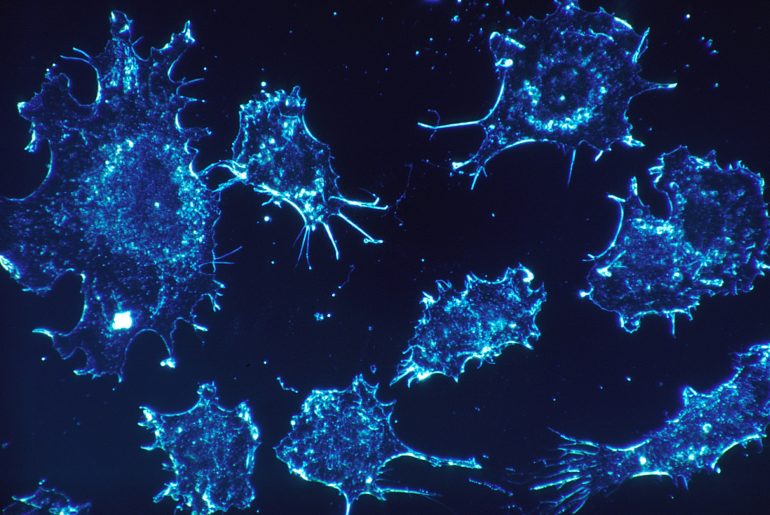Almost all CBD companies have laid claims on how their CBD product can enhance pain relief. One thing you may not know is that CBD does not directly function to stop the pain but influences the processes responsible for doing so. CBD can interact with the receptors of the endocannabinoid system to control cognitive activities such as pain control, temperature control, hormonal balance, and appetite. Although its mechanism of interaction with the CB receptors is not fully understood, there is a growing body of evidence indicating how it can bind to the active sites of these receptors to boost the activities of endocannabinoids and other neurotransmitters in keeping the body balanced. In this article, we shall discuss how CBD oil can assist with pain relief.
Understanding the science behind pain
Pain is a natural part of our existence as humans and animals. It is produced as a symptom of medical conditions and exists in stages ranging from mild to severe or chronic. While acute pains may be characterized by normal sensations that alert you about the presence of possible injuries to your body cells, chronic forms of pain may be an opposite situation. Chronic pains produce feelings that remain consistent for more than 12 weeks. These forms of pain are produced as symptoms of an underlying disease condition and may require one form of medication or the other for management and control.
Chronic forms of pain arise from initial injuries that have lingered for too long. They are associated with medical conditions like joint pain, spasticity, neuropathy, and inflammations. Some of the common types of chronic pain may include cancer pain, arthritic pain, headache, lower back pain, post-trauma pain, postsurgical pain, psychogenic pain, and neurogenic pain.
Data gathered from the American Academy of Pain Medicine has shown that over 1.5 billion people in the world suffer from one form of chronic pain or the other. It has been identified as the most common cause of long-term disability in the United States, affecting over 100 million Americans every year.
What are the possible causes of chronic pain?
There are several reasons why chronic pains are established in human bodies. While some forms of pain may not be linked to any prior injury, there is a wide body of research indicating how chronic pain can be associated with either one of the following conditions:
- Chronic fatigue syndrome: These are pains associated with extreme and prolonged weariness, which can be accompanied by pain.
- Endometriosis: A painful disorder produced when the uterine lining grows outside of the uterus.
- Fibromyalgia: a widespread pain experienced in the bones and muscles.
- Inflammatory bowel disease: a group of conditions capable of causing pain and chronic inflammation in the digestive tract.
- Interstitial cystitis: a chronic disorder marked by bladder pressure and pain.
- Temporomandibular joint dysfunction: a condition capable of causing painful clicking, popping, or locking of the jaw.
Treatment for chronic pain is deeply rooted in the use of over-the-counter prescription drugs, antidepressants, and opioids, which may only serve to suppress the pain without taking care of the underlying disease condition. In most cases, these medications may produce some life-threatening side effects hence the need for a more potent and natural-based treatment measure like CBD.
The use of CBD oil for chronic pain has been widely documented. It has been identified to produce antioxidant, antidepressant, anticancer, analgesic, and anti-tumor effects capable of reducing the presence of chronic pain and other medical conditions in the body. Its ability to trigger the release of feel-good hormones, and produce some sedative effects without producing life-threatening side effects have served an important purpose in pain control.
How does CBD act for pain relief?
The cannabis plant contains several plant-based chemicals such as terpenes, cannabinoids, and essential oils. They can interact with the cannabinoid receptors (CB1 and CB2) to elicit therapeutic activities on the body cells to relieve pain, nausea, and other symptoms linked with diseases. These reaction serves to boost the activity of the endocannabinoid system to relieve pain, trigger hormonal balance, boost the production of immune cells, and improve appetite. This can play important roles in relieving chronic pain in the following ways:
- Inhibiting the release of neurotransmitters
Data gathered from research has shown how CBD can inhibit the release of neurotransmitters and neuropeptides from the presynaptic nerve endings and can also activate inhibitory pain pathways to bring about pain relief and reduction of neural inflammation. Some recent clinical trials have also examined the roles of medical cannabis in chronic pain. It can exhibit analgesic activity, especially in neuropathic pain.
- Improves Neuron health
Healthy neurons can play significant roles in the transmission of nerve impulses throughout the body. This can boost brain health and internal homeostasis. Research has shown how CBD can interact with the serotonin receptor and also possesses analgesic and anxiolytic effects.
- Limit the growth and spread of cancer cells
CBD can elicit antidepressant effects with little to adverse side effects, thus making it a better replacement for over the counter prescription medicines. The interaction between CBD and the ECS receptors can boost the activity of the musculoskeletal system and improve overall cellular health.
Some researchers have discovered how CBD can inhibit the proliferation of cancerous cells, stimulate autophagy and apoptosis. This serves to affect cancer development and all forms of pain associated with it. It also supports the reasons why CBD is a potential anticancer agent.
- Neutralizing the side effects of Free radicals
The accumulation of free radicals in body cells can lead to a wide range of symptoms, including chronic pains. CBD has been identified to play essential roles in post-traumatic stress disorder (PTSD), Irritable Bowel Syndrome (IBS), and cancer, all of which can lead to chronic levels of pain. CBD can neutralize the harmful effects of free radicals and keep your system free from toxins.
Mechanism Of Action
The use of CBD and other members of the cannabinoid family (CBG, CBN, and THC) in pain relief have been widely discussed. These compounds can act singly or in synergism to produce analgesic effects by interacting with the endocannabinoid system (ECS) in the body. This system is responsible for critical modulatory functions of the brain, immune system, and endocrine system. It also plays an active role in the regulatory role of secreting hormones, which are related to reproductive functions and stress management. CBD and other members of the cannabinoids family interact with receptors found on the ECS to bring about analgesic effects.
The endocannabinoid system parallels and interacts at many points with the other major endogenous pain control systems. The ECS is directly in active control of pain and possesses rimonabant (a CB1 antagonist) responsible for the production of hyperalgesia upon administration to clinical models. In most of the researches conducted, it was discovered that the interaction of CBD and the receptors found on ECS produced a 10 times more potent relief than morphine.
Conclusion
Chronic pains can be as painful as they sound, but CBD oil is equal to the task. Its ability to interact with the ECS receptors without producing life-threatening side effects makes it a better remedy for pain relief. Kindly contact us if you have any questions about CBD and its health benefits. We will love to hear from you. Don’t forget to share this article.






